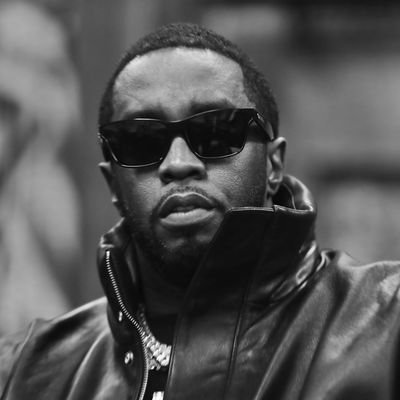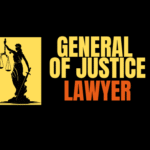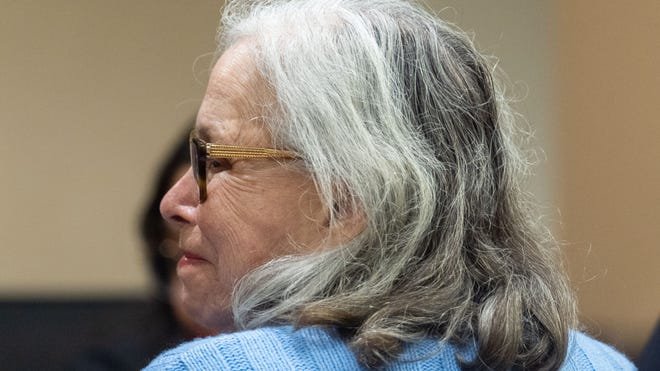
By Gen Just Law, June 24
NEW YORK, NY – In a series of stunning and rapid-fire developments Tuesday, the evidence phase of the high-profile federal trial of Sean “Diddy” Combs came to a dramatic and abrupt halt. After more than six weeks of testimony, the prosecution rested its case, and in a high-stakes move that shocked many court observers, the defense rested moments later without calling a single witness to the stand.
This calculated gamble, combined with a formal motion to have the case thrown out entirely, has set the stage for a dramatic final act. This isn’t just a legal maneuver; it’s a profound statement of strategy that will now define the fate of Combs and his billion-dollar empire. Here’s a breakdown of what happened and, more importantly, what it really means.
The Day the Testimony Ended
The day’s events unfolded with breathtaking speed. After the prosecution’s final witness, HSI Special Agent Joseph Cerciello, concluded his testimony, the government officially rested its case. This signaled that after presenting 34 witnesses, they believed they had successfully met their burden of proving the existence of a criminal enterprise led by Combs.
What followed was the day’s biggest bombshell. Defense attorney Alexandra Shapiro stood and announced that the defense would also rest. This decision—to not call any witnesses, present any alternative evidence, or even have Combs testify—is a high-risk, high-reward strategy that speaks volumes.
Analysis: The ‘No Witness’ Gamble
Why would a defense team in a case of this magnitude stay silent? The strategy is rooted in a core principle of American law: the burden of proof.
1. A Message of Confidence:
By calling no witnesses, the defense is sending a powerful and direct message to the jury: “The prosecution has failed.” Their argument is that the government’s evidence, even when viewed in its most favorable light, is riddled with inconsistencies and does not rise to the level of proving guilt beyond a reasonable doubt. They are betting that their cross-examinations have already done enough to dismantle the prosecution’s narrative.
2. Avoiding Risk:
Calling witnesses, especially a high-profile defendant like Combs, is incredibly risky. It opens them up to a potentially brutal cross-examination by skilled federal prosecutors, which could backfire spectacularly. By resting, the defense eliminates this risk entirely and keeps the focus solely on the perceived weaknesses of the government’s case.
The Rule 29 Motion: A Crucial Formality
Immediately following the prosecution’s rest, defense attorney Alexandra Shapiro made a Rule 29 motion for a judgment of acquittal. While this may sound like a dramatic bid to end the trial, it is a standard and crucial procedural move.
The motion argues directly to the judge that the evidence presented is legally insufficient for any reasonable jury to convict. While these motions are almost always denied (as judges prefer to let the jury decide the facts), its true importance lies in preserving the issue for a potential appeal. If Combs is convicted, his lawyers can argue on appeal that the judge made an error by not granting this motion.
The IP Empire in the Balance
This defense strategy is not just about protecting a man; it’s about protecting an empire. As we’ve analyzed previously, a conviction on the central RICO (Racketeer Influenced and Corrupt Organizations Act) charge would give the government a legal pathway to seize the intellectual property assets of the Bad Boy empire—a catalog of music history valued at hundreds of millions of dollars.
The defense’s entire strategy of attacking the “criminal enterprise” element of the charge is a calculated effort to build a firewall between Combs’ alleged personal actions and the valuable IP owned by his companies. Their silence in court is a final, bold defense of that billion-dollar catalog.
What Happens Next?
With the evidence now concluded, the trial moves to its final act: closing arguments. This is where both sides will weave all the testimony and evidence into a compelling story for the jury. The prosecution will summarize its case for a criminal enterprise, while the defense will argue that the government’s story is full of holes and reasonable doubt.
After closing arguments, the jury will receive its instructions from the judge and retire to deliberate a verdict that will have repercussions for decades to come, both in the life of Sean Combs and in the world of music and culture.
Author

Latest entries
 Donna Adelson Trial2025-09-05Donna Adelson Found Guilty on All Counts in Dan Markel Murder Case
Donna Adelson Trial2025-09-05Donna Adelson Found Guilty on All Counts in Dan Markel Murder Case True Crime2025-09-03Epstein Files: Survivors Break Silence on Capitol Hill
True Crime2025-09-03Epstein Files: Survivors Break Silence on Capitol Hill US2025-09-03Cardi B Assault Trial Verdict — She’s Not The Drama
US2025-09-03Cardi B Assault Trial Verdict — She’s Not The Drama US2025-08-30Jim Crow Era — Louisiana’s Split Juries Problem and the Limits of Retroactivity
US2025-08-30Jim Crow Era — Louisiana’s Split Juries Problem and the Limits of Retroactivity



